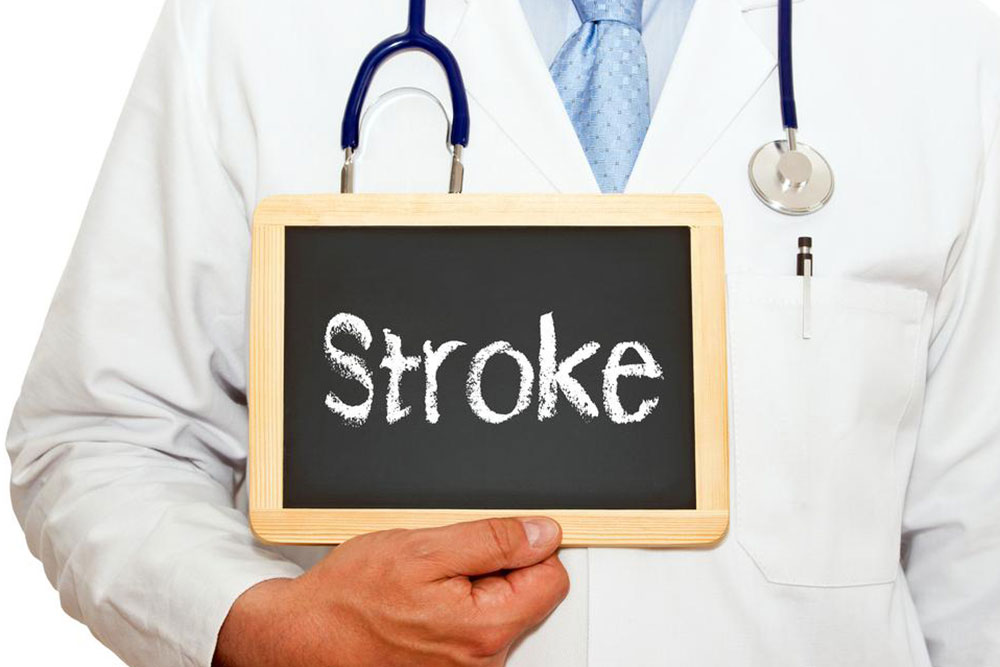Understanding the Critical Symptoms of Carotid Artery Blockage and Preventive Measures
This comprehensive article explores the critical symptoms of carotid artery blockage, emphasizing early recognition for stroke prevention. It covers signs like bruits, transient ischemic attacks, and strokes, along with diagnostic and preventive measures to safeguard vascular health. With over 1500 words, readers gain valuable insights into early detection and management strategies for carotid artery disease, ultimately aiding in reducing stroke risk through awareness and timely intervention.

Understanding the Critical Symptoms of Carotid Artery Blockage and Preventive Measures
The carotid arteries are vital blood vessels that supply oxygen-rich blood from the heart to the brain and other essential organs. These arteries are located on either side of the neck, just beneath the jawline, and are easily accessible for pulse detection. When these arteries undergo narrowing or blockage—referred to medically as carotid artery stenosis—the amount of blood reaching the brain can decrease significantly, elevating the risk of life-threatening events such as strokes. The primary cause of this narrowing is the accumulation of fatty deposits, cholesterol, and other substances along the arterial walls, leading to a condition commonly termed atherosclerosis.
Carotid artery disease often develops gradually and may not produce noticeable symptoms initially. However, early identification of the warning signs can be crucial in preventing severe outcomes. Recognizing the symptoms associated with carotid artery blockage enables timely medical intervention, which can be life-saving. This article delves into the key symptoms, risk factors, diagnostic strategies, and preventive measures related to carotid artery disease to help individuals stay informed and proactive about their vascular health.
The seriousness of carotid artery disease cannot be overstated, as it can lead to devastating neurological events such as strokes. Therefore, being vigilant about the signs and symptoms can facilitate early diagnosis and treatment, significantly reducing the risk of severe complications.
Symptoms of carotid artery disease may be subtle or even absent in some cases, especially in the early stages. However, certain key indicators often signal the need for medical evaluation:
Auditory Clues – Bruit: A distinctive whooshing or swishing sound heard through a stethoscope, known as a bruit, reflects turbulent blood flow caused by narrowing or blockages in the artery. This sound is often a sign that there is significant obstruction that warrants further testing.
Transient Ischemic Attack (TIA): Sometimes called a mini-stroke, a TIA manifests with sudden neurological symptoms such as weakness on one side of the body, dizziness, slurred speech, or sudden vision disturbances. These symptoms are temporary, usually lasting less than 24 hours, but they serve as critical warnings for potential future strokes if left unaddressed.
Full-blown Stroke: A major event occurring when blood flow to parts of the brain is completely blocked. Strokes can cause permanent brain damage, paralysis, loss of speech or vision, and even death. Prompt recognition and emergency medical treatment are essential to mitigate lasting harm.
Detecting these signs early, through clinical examinations and diagnostic imaging such as carotid ultrasound, MRI, or angiography, is vital. Initiating treatment within the first few hours of symptom onset can dramatically improve recovery prospects. Hence, awareness and immediate action are paramount when symptoms arise.
Preventive strategies include managing cholesterol levels, controlling blood pressure, avoiding smoking, maintaining healthy weight and diet, and regular screenings for those at risk. Consulting with healthcare professionals for personalized risk assessment and early intervention can greatly reduce the likelihood of severe cerebrovascular events stemming from carotid artery disease.





